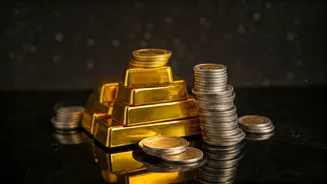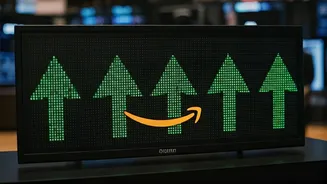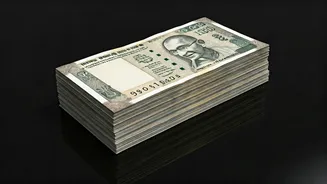Market Overview
The precious metals market, often viewed as a haven for investors during economic uncertainties, is currently witnessing a mixed performance. Gold, a traditional
safe-haven asset, is experiencing fluctuations, indicating a degree of instability in its value. This volatility could be due to several factors, including shifts in investor sentiment, changes in currency values, and expectations about future economic conditions. Silver, in contrast, appears to be holding steady. Although it shares some characteristics with gold, silver also possesses industrial applications, which can influence its price differently. The current price stability of silver suggests that the market may be viewing it more positively or that it is less susceptible to the same pressures affecting gold. Analyzing the recent performance of both metals is critical for investors hoping to safeguard assets or seeking to capitalize on opportunities presented by the market's dynamism. The interplay of global economic trends, geopolitical events, and investor attitudes will continue to dictate the price movements of gold and silver, making careful monitoring crucial for anyone involved in this sector.
Gold's Shaky Trends
Gold prices, typically the subject of significant interest during times of market uncertainty, are presently exhibiting a pattern of instability. Several factors contribute to this condition. The strength of the US dollar plays a considerable role, as a robust dollar can make gold more expensive for holders of other currencies, potentially decreasing its demand. Additionally, shifts in monetary policy, such as interest rate decisions made by central banks, can impact gold prices. Higher interest rates often make gold, which offers no yield, less attractive compared to interest-bearing assets. Moreover, geopolitical events and global economic concerns can induce both buying and selling pressures, adding to gold's volatility. Investors' reactions to these various market factors will continue to influence how gold performs. These events are often unpredictable. This constant flux underscores the need for continuous analysis and a cautious approach for those involved in the gold market.
Silver's Steadiness Observed
Unlike its more volatile counterpart, silver is holding relatively steady. Several factors might be behind this stability. First, silver's dual role as both an investment asset and an industrial commodity can help balance its price dynamics. The demand for silver in various industrial sectors, such as electronics and solar energy, provides a degree of support to its value that gold, with fewer industrial uses, does not possess. Furthermore, investor behavior plays a significant role. If investors perceive silver to be undervalued compared to gold or other assets, they might increase their investment, stabilizing the price. Economic indicators, such as inflation rates and overall economic growth, also impact silver. During periods of economic growth, the industrial demand for silver often increases, providing a boost to its price. This balance of investment demand and industrial use may be contributing to silver's more stable performance. Investors and analysts often see silver as having the potential for greater gains in price, making it an attractive option during economic recovery. It's crucial for market participants to monitor these influencing factors to understand how the silver market will develop.
Future Outlook Ahead
Predicting the future for precious metals requires a multifaceted view of current economic conditions and global market dynamics. The performance of gold and silver will likely be affected by significant global issues such as monetary policy adjustments by leading central banks, any increase or decrease in inflation levels, and major geopolitical events. As interest rates fluctuate, the demand for gold will likely also fluctuate. Geopolitical tensions or economic uncertainties may drive investors toward safe-haven assets like gold, which can push prices up. Silver's outlook is also tied to industrial demand. Innovations in areas like solar energy and electric vehicles could boost the need for silver, which could affect prices. Economic growth in emerging markets, as well as shifts in investor behavior and the strength of the US dollar, will continue to play a part in the movement of both metals' prices. As a result, investors should consistently monitor these developments and make informed, strategic decisions to navigate the changing markets.













